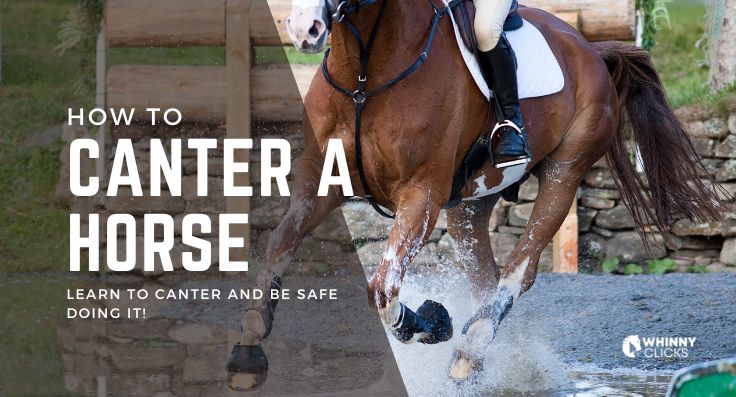How to Canter a Horse: A Step-by-Step Guide
Cantering a horse can be a thrilling and enjoyable experience, but it is important to approach it with care and caution. The canter is a three-beat gait in which the horse moves its legs in a specific pattern, with one hind leg striking the ground before the diagonally opposite foreleg. This gait is faster than the trot but slower than the gallop.
Preparing to Canter
To begin, make sure you are in an open and safe area where you and your horse will have plenty of room to move. Before you start, it is important to have a good warm-up by trotting and working on any areas of tension or stiffness in your horse. This will help to prepare you and your horse’s muscles for the canter. If you are brand-new to cantering, it is best to start off on a lunge line with someone to help guide the horse.
Starting the Canter
When you are ready to start cantering, make sure you have a light contact on the reins and sit deep in the saddle. Use your inside leg at the girth and your outside leg slightly behind the girth. Have slightly more contact on your outside rein. Use your legs to ask your horse to move forward into the canter, and use your seat and upper body to follow the motion of the horse. It is important to maintain a balanced and centered position in the saddle to avoid throwing off your horse’s balance.
Maintaining the Canter
As you start to canter, you may need to use your outside leg to help your horse maintain a balanced and even canter. Gently apply pressure to your horse’s side with your outside leg, and use your inside rein to maintain bend and flexion. As you and your horse become more comfortable with the canter, you can start to experiment with changes in direction and speed.
Slowing Down and Stopping
When it comes time to slow down and stop the canter, use your reins and seat to gently slow your horse’s pace. You can also use your inside leg to help steer your horse in a straight line and maintain control. As your horse’s pace slows, you can eventually transition back into a trot and then a walk.
Conclusion
Cantering a horse can be a fun and exciting experience, but it is important to approach it with care and caution. Always make sure you are in a safe environment and that your horse is properly warmed up before starting the canter. With practice and patience, you and your horse will be cantering like pros in no time.


